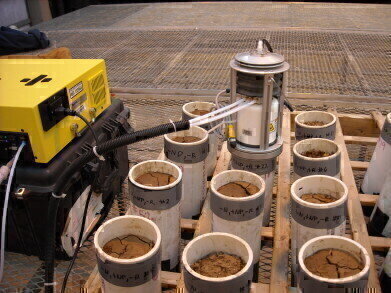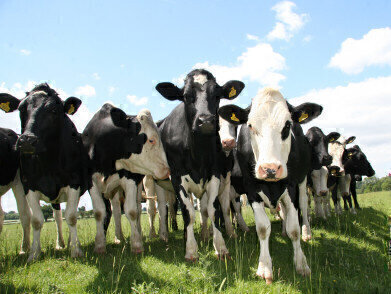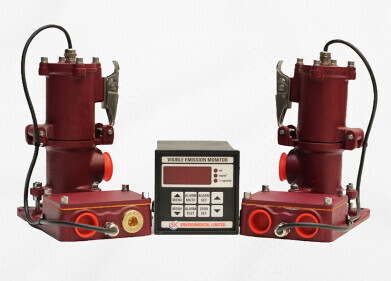Air Monitoring
GHG Research in the Arctic
Mar 27 2016
Researchers in the Arctic have employed Gasmet (Finland) FTIR to take measurements which have provided an insight into the production, consumption and exchange of GHGs. Similarly, researchers at the Texas A&M University Department of Soil & Crop Sciences have employed portable FTIR analysers to study the GHG emissions of biomass production processes that mitigate climate change by substituting fossil fuels for biofuels.
In addition to soil flux measurements, the Texas workers have also used a Gasmet DX4030 on two other bioenergy-related projects, both of which utilised the FTIR to measure GHGs from soils in greenhouse experiments.
In a project involving algae-biofuel production (extracting lipids from aquaculture-farmed algae to produce liquid biofuels) researchers are looking at ways to utilise the leftover coproduct as organic fertiliser, because the dry algae coproduct contains valuable nutrients. A part of the project involved a greenhouse experiment using PVC soil columns mixed with selected rates of the algae coproduct and wheat straw. In this application, the researchers utilised the DX4030 to evaluate how the addition of the coproduct influenced GHG emissions over time.
A portable Gasmet FTIR analyser has also been used in a project to determine whether a commercial nitrification inhibitor (believed to reduce N2O emissions) could reduce GHG emissions in bioenergy sorghum crops. A greenhouse study was used to test the nitrification inhibitor with soils amended with nitrogen fertilizer and sorghum residue.
Changes in farming methods can have a significant effect on the release of GHGs and in other work, researchers in Ireland have employed Gasmet FTIR to track GHGs in a project to reduce nitrates in rivers.
In Denmark, researchers have employed portable Gasmet FTIR analysers to measure the GHG emissions in the breath of dairy cows and demonstrated a heritable variability between individual animals, which means that it will be possible to specifically select for breeding those individuals which will produce offspring that generate less methane.
The ability to monitor a range of compounds simultaneously is a major advantage, and access to live readings provides an opportunity to check that monitoring is proceeding correctly. Also, in-field/instant results can mean that there are no concerns about collecting samples and transportation to a laboratory for further analysis.
Field-use instruments should be small, rugged and lightweight, so the Gasmet portable FTIR instruments are ideal for these applications; helping to simplify field operations and reduce the number of staff required. The deployment of a portable FTIR instrument has been a significant benefit to researchers, and the versatility of the Gasmet instruments means that the potential applications are endless; helping to measure GHGs and improve understanding of how humans impact the drivers of global climate change.
Digital Edition
IET 34.2 March 2024
April 2024
Gas Detection - Biogas batch fermentation system for laboratory use with automatic gas analysis in real time Water/Wastewater - Upcycling sensors for sustainable nature management - Prist...
View all digital editions
Events
May 13 2024 Munich, Germany
May 15 2024 Lund, Sweden
May 15 2024 Frankurt-am-Main, Germany
May 20 2024 Columbus, OH, USA
May 21 2024 Lagos, Nigeria



















